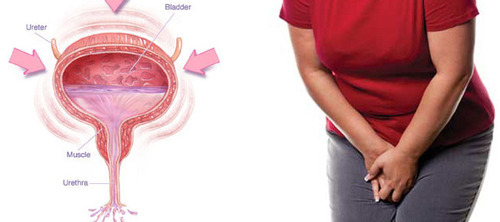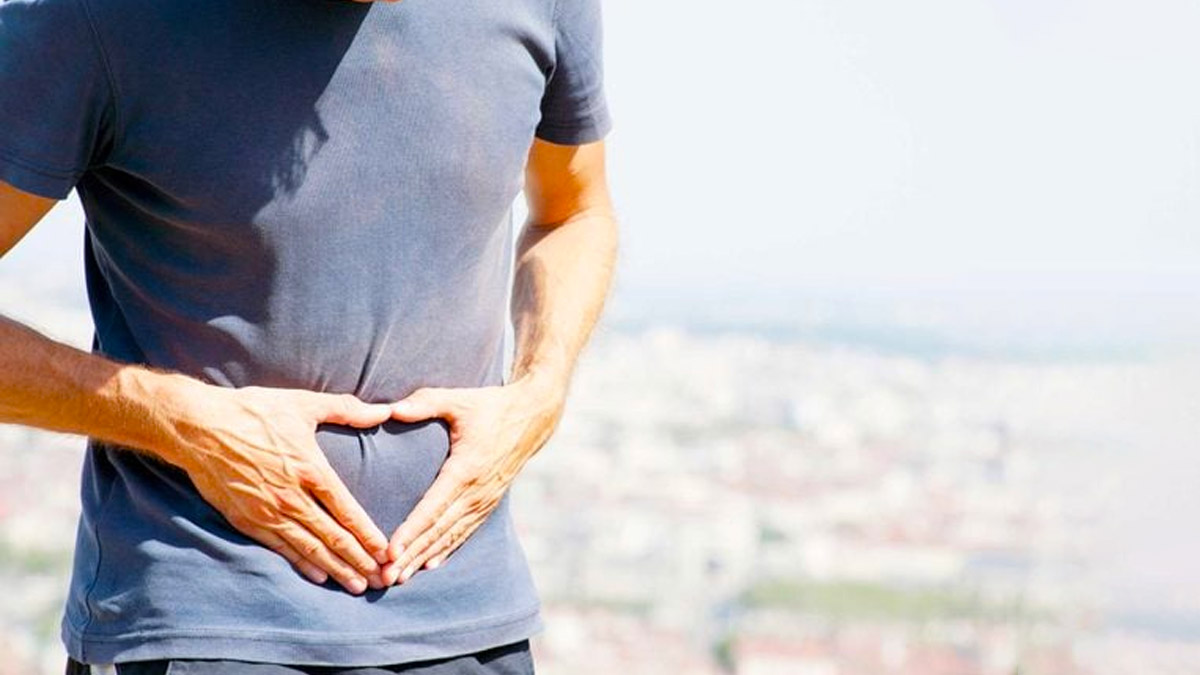How wretched does it feel when you’re out on vacation, and during a day’s excursion, you keep feeling like peeing every 40 minutes or so. It’s worse when you’re in a group, leaving a hotel for a day trip to maybe some view point, or perhaps a day of sightseeing or whatever it is that takes an entire day of being outdoors. The same scenario can get crazier during long distance bus travel. Yes, travelling with OAB sucks, but what if I told you there are ways to manage the problem with these tips on travelling with overactive bladder.
Don’t Let Your OAB Confine You Indoors.
You can travel as much as you want with OAB, don’t let it ruin your chances of adventure, exploration and being outdoors. It might be a bigger challenge than managing your daily routine, but it can be done. With some clever management, diet restrictions, and preparation, you can have a fun filled vacation without the embarrassing moments of everyone having to wait for you while you take a pee.
Understanding Overactive Bladder

Overactive bladder is a condition characterized by a sudden, involuntary contraction of the bladder muscles, leading to a frequent and urgent need to urinate. OAB is a common condition that affects people of all ages, although it becomes more prevalent with age. The symptoms of OAB include:
- Urgency: A sudden and intense need to urinate.
- Frequency: Needing to urinate more often than usual, often eight or more times in a 24-hour period.
- Incontinence: Accidental leakage of urine, which may occur before reaching a restroom.
- Nocturia: Waking up two or more times during the night to urinate.
Causes of OAB
- Age: As mentioned earlier, OAB becomes more common as individuals age, with changes in bladder function contributing to its occurrence.
- Medical Conditions: Conditions such as diabetes, urinary tract infections, and neurological disorders can contribute to the development of overactive bladder.
- Bladder Obstruction: Conditions that obstruct the flow of urine, such as an enlarged prostate in men or bladder stones, can lead to OAB.
- Medications: Certain medications, such as diuretics, can increase urine production and contribute to overactive bladder symptoms.
- Lifestyle Factors: High caffeine intake, alcohol consumption, and smoking can exacerbate OAB symptoms.
Can OAB Be Treated?
Yes! OAB can be treated, but you need to see a urologist who can accurately diagnose and identify what might be causing your OAB. Pelvic floor therapy, nerve stimulation, and medication can manage your overactive bladder symptoms.
Travelling With Overactive Bladder
Consult Your Doctor
Before you begin any journey, consult your doctor, and discuss your travel plans with them to see how your OAB can be managed. Your doctor or healthcare provider may offer specific advice tailored to your condition.
Train Your Bladder
An important way to prepare for travelling with overactive bladder is bladder training. There are some exercises you can do to help manage incontinence and reduce the symptoms of OAB.
Timed Voiding: Timed voiding is the process of emptying your bladder on a strict schedule, regardless of whether you feel the need to do so. This gradually increases the time between voiding, to fine tune bladder control. If you find it difficult to increase the time in between voiding, that’s okay. Timed voiding helps you plan and prepare accordingly.
Kegels: Kegel exercises, also known as pelvic floor exercises, are a series of exercises that help strengthen the muscles that support the bladder, uterus, and rectum. Both men and women can do Kegels. Kegels is a type of muscle movement or lower pelvic contraction that you make when you want to suddenly stop urinating midstream.
The “Freeze and Squeeze:” If you feel a sudden urge to pee, don’t panic and start hunting around for a restroom. Calm down, stop whatever it is you’re doing and perform Kegels. It will give you enough time to get to a toilet without the rush.
Plan Ahead
Planning is key when traveling with OAB. Research your destination, identify restroom locations, and plan breaks accordingly.
Pack Essentials
Ensure you have a travel kit containing essentials such as spare underwear, sanitary wipes, and disposable bags. Being prepared for unexpected situations can alleviate anxiety and make the journey more enjoyable.
Reduce Irritants
The day you plan a day trip, excursion or sightseeing, it would be wise not to consume any bladder irritants, and by that, I mean, you’re going to have to avoid stuff like coffee. Lifestyle and diet changes are important especially when travelling with overactive bladder. Condition yourself to avoid things like coffee, carbonated drinks, alcohol and unhealthy food. Get enough exercises, and keep your diet in check. Certain foods will help OAB, while others will make it worse.
Choose Accommodations Wisely
When booking accommodations, consider proximity to restrooms. Request a room near the bathroom, and ensure your lodging provides easy access to facilities. Some hotels even offer rooms specifically designed for individuals with mobility challenges or special restroom needs.
Stay Hydrated, but Be Mindful
While it’s essential to stay hydrated, be mindful of your fluid intake, especially before long journeys or activities where restroom access may be limited. A good way to avoid liquid and remain hydrated is to drink water an hour or so before you leave, which gives you time to empty your bladder. Drink the least amount of water when outdoors and when you’re on a break or back indoors, resume your fluid intake. However, if you’re on a hiking trip, it is recommended to stay hydrated and if you have to go, well, it can’t be helped, there is always the bushes.
Dress Comfortably
Wear comfortable and easily removable clothing. This can make restroom visits more efficient, especially in tight spaces or when time is of the essence. In case you suffer from urinary incontinence, it is advisable to pack travel aids to avoid problems. These are products designed for individuals with OAB, such as discreet absorbent pads or underwear. These products can provide an extra layer of protection and confidence during your journey.
Know Your Triggers
Identify and understand your OAB triggers. Whether it’s certain foods, drinks, or stressful situations, being aware of what triggers your symptoms allows you to make informed choices during your travels.
Stay Informed About Public Transportation
If you plan to use public transportation, familiarize yourself with restroom facilities at stations or stops. Knowing where restrooms are located can alleviate stress and help you plan your travel itinerary more efficiently. When booking transportation for ground travel, train travel wins hands down because of bathroom facilities, however, there are also long-distance buses which might offer toilet facilities too. Check with the transport company before making a ticket purchase.
Practice Relaxation Techniques
Incorporate relaxation techniques into your routine to manage stress, which can exacerbate OAB symptoms. Deep breathing, meditation, or simple mindfulness exercises can help you stay calm during your travels.
If you’re planning a trip with overactive bladder, don’t worry. As long as you follow these tips for travelling with overactive bladder, and practice bladder training, you will be able to enjoy your time off. If you have any questions or concerns about traveling with overactive bladder, talk to your doctor or urologist to learn more about overactive bladder and other urology problems.

